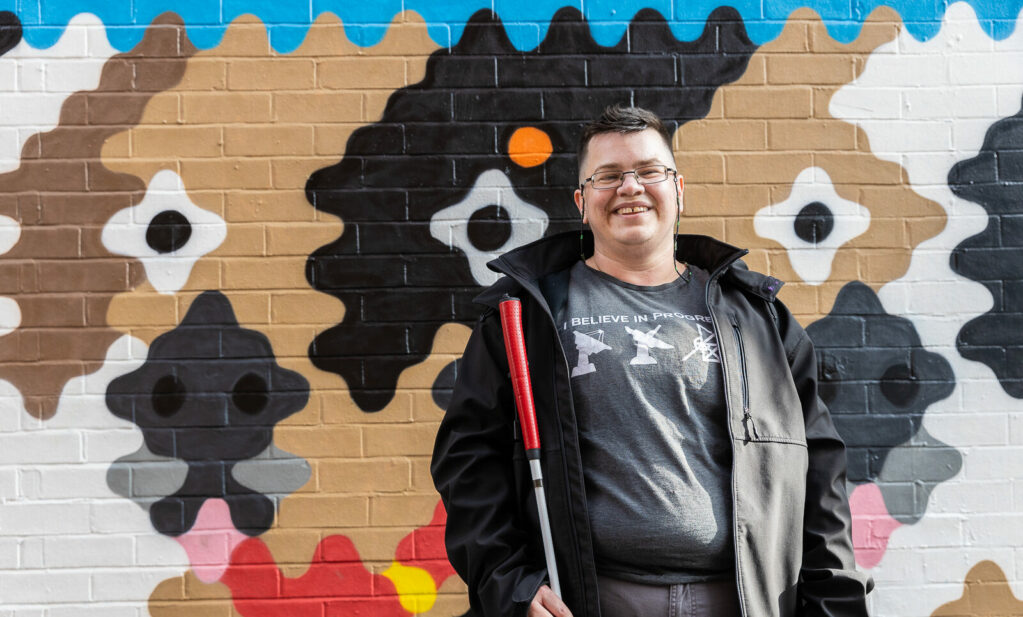'Through a different lens': my experience as a disabled photographer working with Transport for All
Shona Louise
Photographer and writerShona writes about how being a disabled photographer allows her to see things differently, and shows us behind the scenes of her work on Transport for All's new photo library.
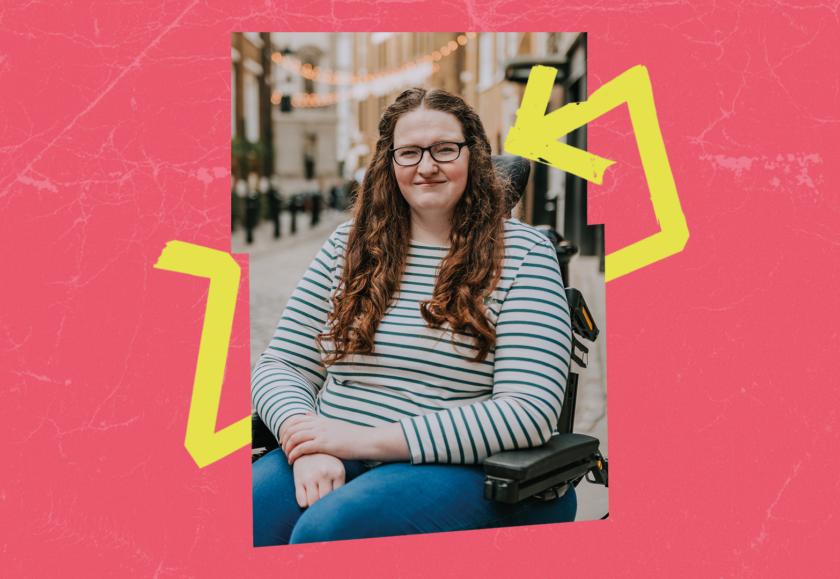
I’m Shona Louise and I’ve been a freelance photographer for over 4 years now. I work a lot in the theatre industry, as well as doing portraits and working on cool projects such as this one! What makes me that little bit different to all the photographers I’ve idolised over the years though is that I use an electric wheelchair. My view of the world is a little bit different as a disabled photographer, both literally and metaphorically!
Becoming a photographer isn’t something I’ve dreamed of my whole life, in fact I’m quite sure that had I not been disabled I would probably be working quite a traditional 9-5 job right now. I am so glad that I fell into this field of work though, because there is nothing more magical than bringing a show, or a person, to life via a photo. A photo can tell you so much, it’s powerful, and that is so interesting to me.
I do a lot of varied work, but some of my favourite work to do is when I get to photograph other disabled people. I think that my own disability helps me to get the most out of other disabled people. I often see photographers try and hide a person’s mobility aid in photos, whereas I’m all about celebrating them! So, when the email landed in my inbox from Transport for All sharing their idea of creating an all-disabled photo library, I was over the moon.
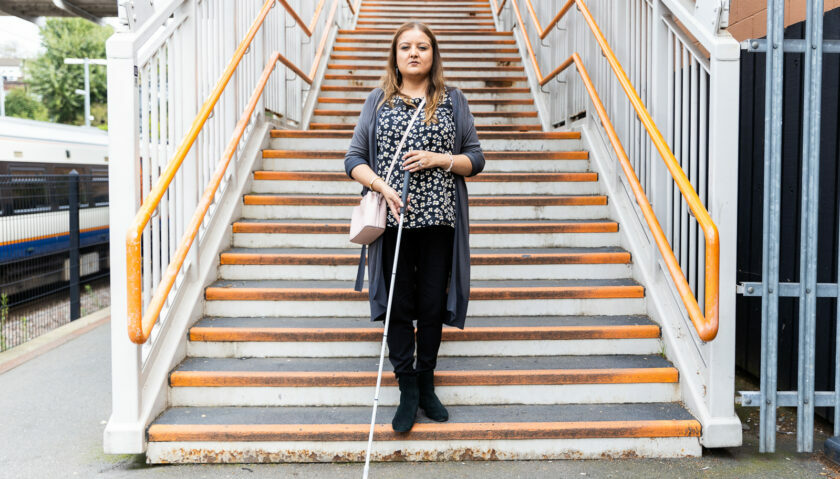
If you search for stock images of disabled people, particularly wheelchair users, you’ll be met with some shocking examples of how not to photograph disabled people. You’ll find photos of disabled people looking sad at the bottom of stairs, framing us as being helpless and a charity case. I’ve also heard from friends that some photographers have completely cut out their mobility aids from their photos without permission, implying that disability is something to be hidden. Photos like these don’t represent the joy a lot of disabled people feel about their disability, the confidence we have or the power we can hold. The idea of creating something different and realistic, that celebrated disability, was exciting! I couldn’t wait to get started.
It was no small feat though, it was a week of intense scheduling by the wonderful Transport for All team, with a new brief and plan for every day. We worked with such a diverse group of people, with a diverse range of disabilities and I think my own experience as a disabled person definitely helped to speed the process along. I knew what to ask, how to angle people and how to adjust the way I work and communicate to suit everyone’s access needs. For example, someone visually impaired needs different direction to a wheelchair user, and my lived experience as a disabled person helped me to facilitate this confidently, whilst putting people at ease and giving them confidence. It was such a joy to see everyone relax into the day and start to have fun.
There are certainly challenges to being a disabled photographer though, with physical accessibility being the biggest problem. I sometimes have to turn down jobs because the locations aren’t wheelchair accessible, or the journey there is too challenging due to inaccessible public transport.
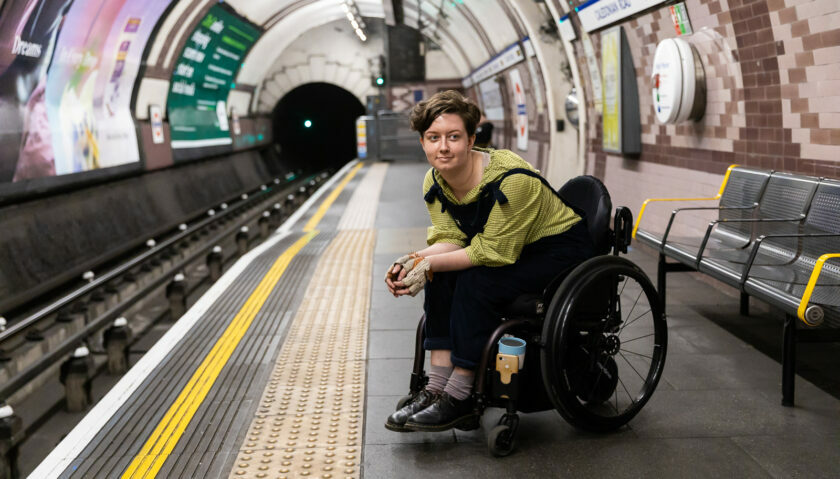
This is a problem we faced all week traveling across London and Manchester as a group of disabled people; constant accessibility problems. Whether it was a lack of dropped kerbs sending us back on ourselves to find a new route, missing 3 trains due to the destination station not answering or being told a train we’d booked in advance couldn’t accommodate 3 wheelchair users after all. We faced battles every single day. I have to say though, it makes me all the more proud of what we achieved.
My favourite photo of the week was taken on the last day, it’s safe to say that by this point we were all exhausted but somehow we pulled it out the bag. The photo was taken in the busy Waterloo Station, so we had crowds of people walking in front of my camera to contend with. We’d been joking throughout the week that we wanted the group shots to have the vibe of a band’s album cover and on that last day, we really nailed that brief.
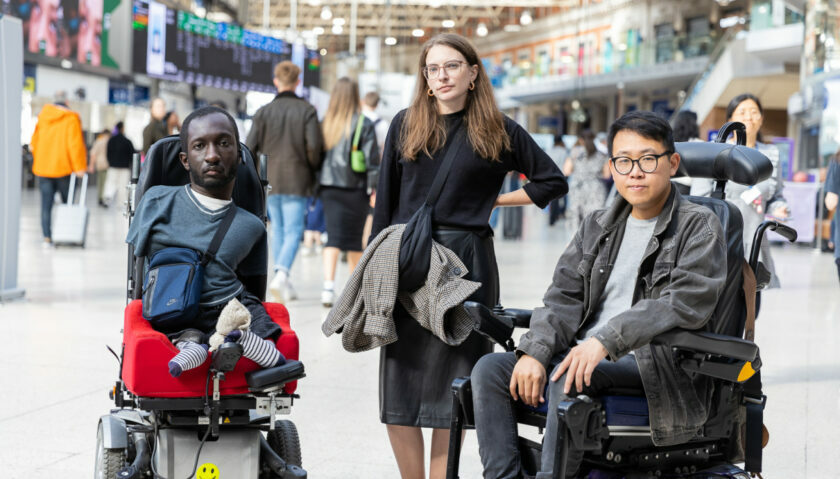
As a disabled photographer I love creating powerful photos of disabled people, they’re not photos we see often in the media and so it felt really important to be creating something that challenges people’s attitudes towards disability. These photos don’t hide people’s mobility aids or impairments, but embrace them. They don’t invite you to look at disabled people with pity or charity. Instead, the subjects look down the lens of the camera with a powerful gaze, one that commands respect, and demands justice.
This is what I mean when I say my view of the world is different as a disabled photographer, both literally and metaphorically. The way disabled people are depicted has a real impact on the way we are treated, and the way policies are developed around us. As a disabled photographer, I can help to change the ‘lens’ we are seen through.
You also really can’t beat the look on someone’s face when you show them a photo of themselves and they can’t believe it’s them. I do this job for moments like that.
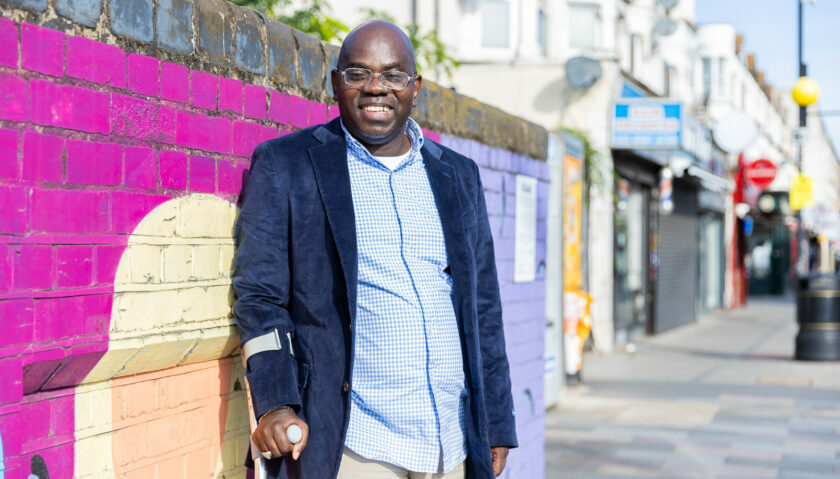
It’s definitely been a journey for me to get to this point as a photographer, it’s not an easy job as a disabled person, but I wouldn’t change it for the world. My best advice for other disabled people wanting to get into photography is to find opportunities for experience wherever you can. Take photos of your friends, family, reach out to your community and build your portfolio up from there. Some of the more traditional routes into this career aren’t very accessible, and so I’ve had to carve out my own path. It’s all been worth every second though, I feel incredibly lucky to say that I truly love my job.
Latest news
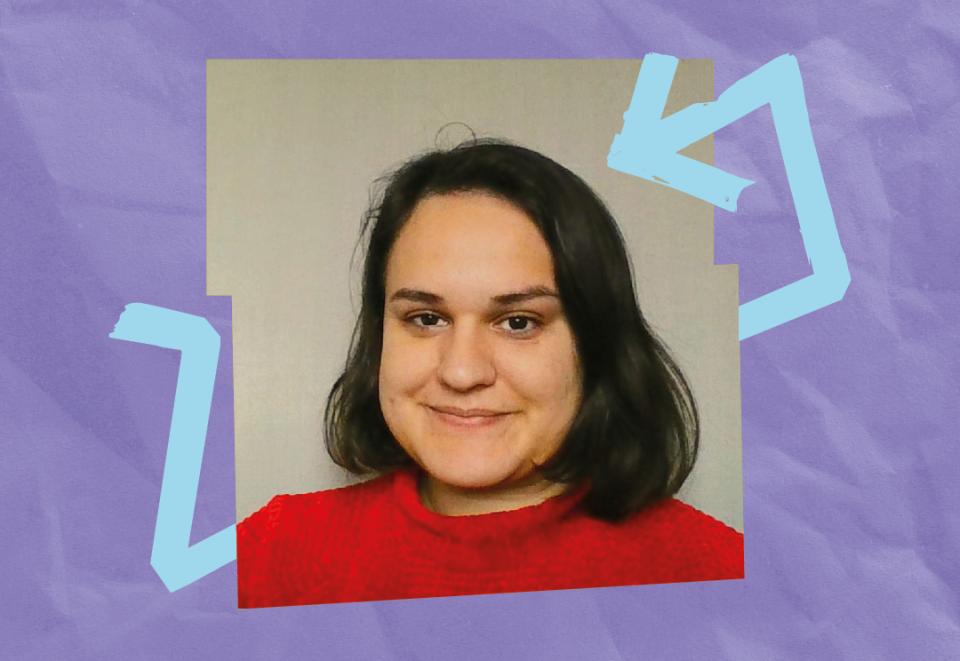
The art of activism: why creative practices are important for disabled campaigners
The artist, activist, and designer of some of Transport for All's most iconic protest placards - Anahita Harding - writes about using art to make change.
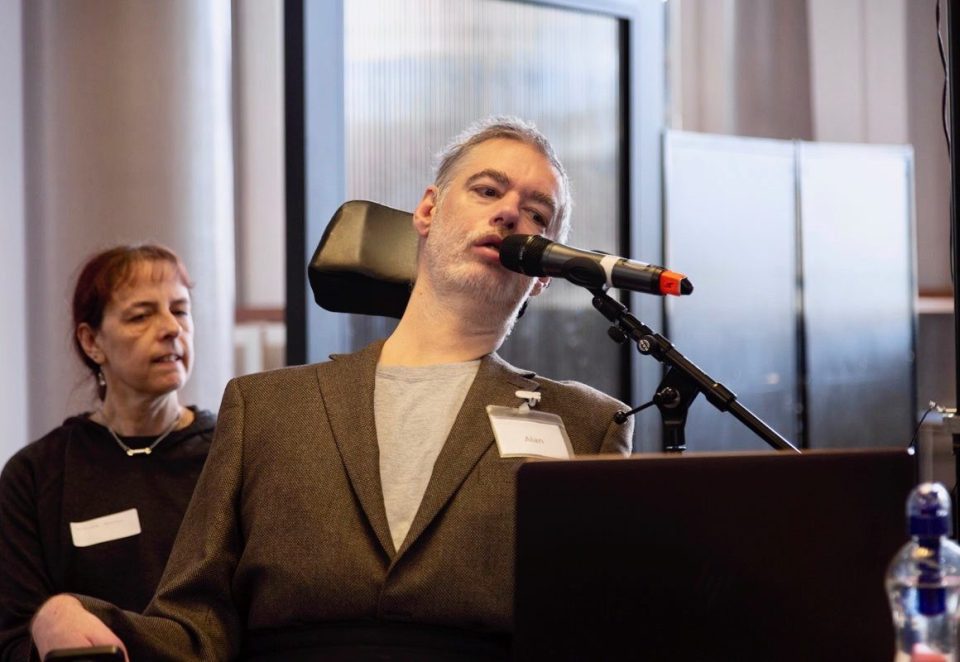
In loving memory of Alan Benson MBE
Everyone at Transport for All is heartbroken by Alan Benson MBE's passing. Alan was an astounding campaigner and ambassador for the disabled community.
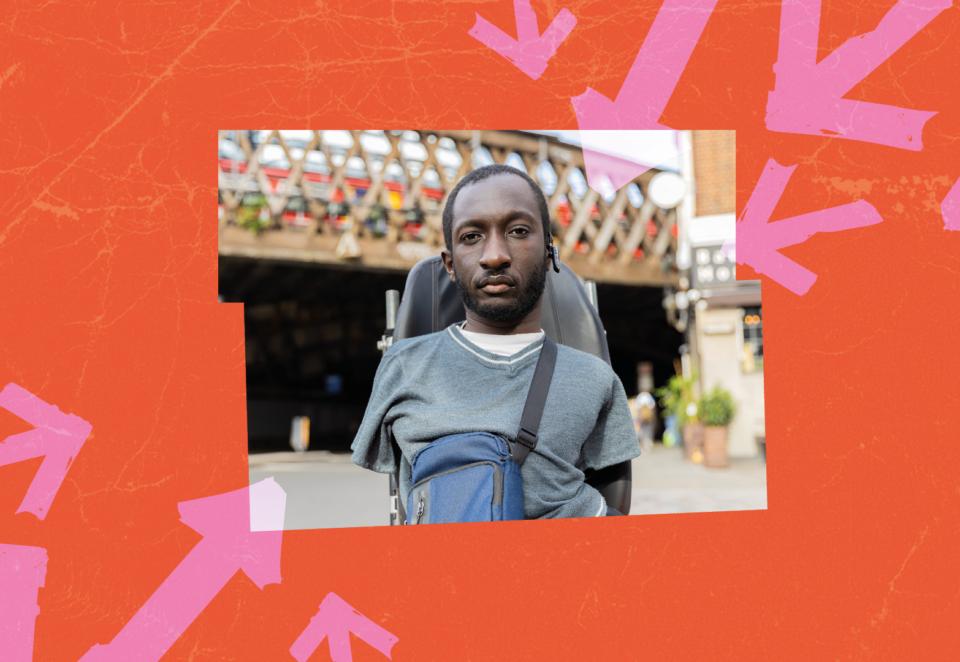
Are we there yet? Barriers to transport for disabled people in 2023
Our research into disabled people's experiences of transport in England: the barriers we face, and priorities for change.
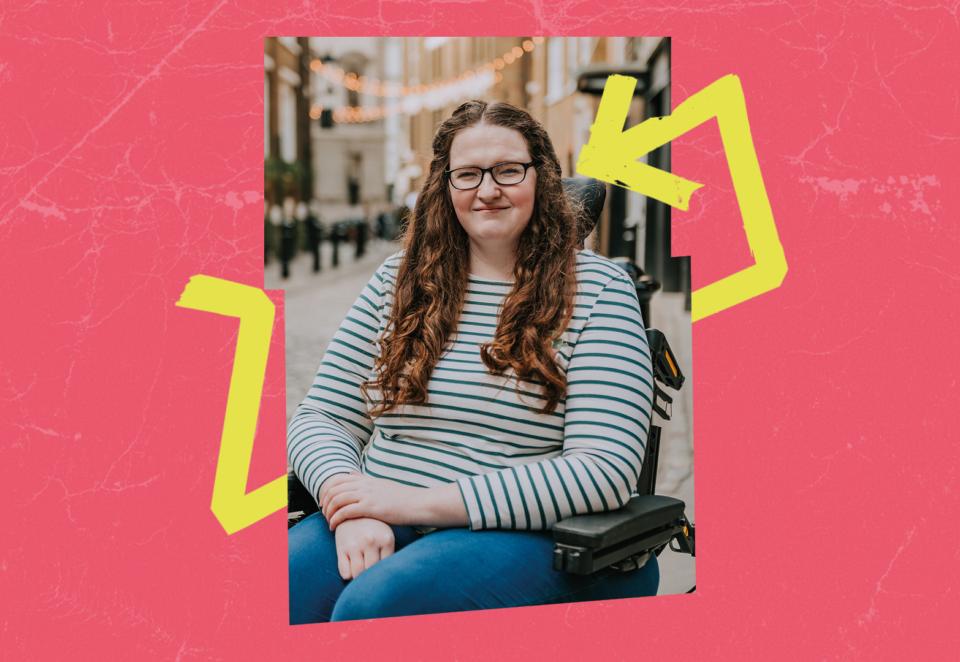
‘Through a different lens’: my experience as a disabled photographer working with Transport for All
Shona writes about how being a disabled photographer allows her to see things differently, and shows us behind the scenes of her work on Transport for All's new photo library.

